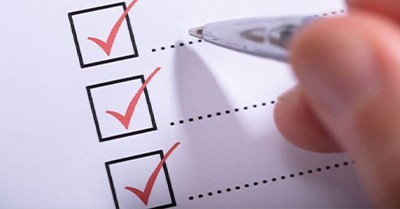In a sector where time, presence, and emotional safety are paramount, documentation should serve learning—not overwhelm it. This guide clarifies what educators are legally required to document under the Education and Care Services National Regulations, and what can be safely streamlined or reimagined.
What We Must Document
These are the non-negotiables—required by law and aligned with the National Quality Standard (NQS).
| Regulation | Requirement |
|---|---|
| Reg 73 | Educational program must contribute to the five EYLF outcomes |
| Reg 74 |
Document each child’s: • Developmental needs |
| Reg 75 |
Display program info and provide a copy on request |
| Reg 74 |
A copy of documentation |
| Reg 76 |
Provide families, on request:
|
These requirements focus on learning, development, and participation—not every snack, nappy change, or transition.
What We Can Let Go
These are common over-documentation practices that are not required by law and can be safely reduced or reimagined.
| Not Required | Why It Can Be Let Go | Safer Alternatives |
|---|---|---|
| Recording every snack, nappy change, or transition | Unless medically necessary or requested by families, this adds workload without learning value | Use summary logs or only record exceptions |
| Excessive photo uploads with lengthy captions | Can dilute meaningful documentation and overwhelm families | Curate 1–2 key images per week with child voice |
| Duplicating the same info across apps, portfolios, and displays | Wastes time and risks inconsistency | Choose one platform and streamline |
| Overuse of templated observations | Can reduce authenticity and child voice | Use open-ended formats or child-led documentation |
| After-hours documentation | Impacts educator wellbeing and work-life balance | Embed documentation into daily routines or team reflections |
| Daily diaries with generic summaries | Not required unless part of service philosophy | Replace with weekly reflections or group stories |
Streamlining Tips for Services
- Audit your documentation policy: What’s required vs. what’s habitual?
- Use group documentation: Capture shared learning moments across age groups
- Embed child voice: Dictated stories, drawings, quotes, or caption kits
- Choose visual formats: Floor books, photo sequences, mind maps
- Align with EYLF principles: Focus on belonging, being, and becoming—not just doing
- Protect educator well-being: Set boundaries around after-hours work and platform use
Emotional Intelligence in Documentation
In trauma-informed settings, documentation should:
- Prioritize emotional safety over performance
- Reflect strengths, resilience, and relationships
- Avoid deficit language or over-monitoring
- Be co-constructed with children and families where possible
Documentation is a mirror—not a microscope. When we document with intention, we honour the child’s journey, protect the educator’s well-being, and uphold the true spirit of early learning.
Further Reading
Presence Over Paperwork: Reclaiming Time for Children in Early Childhood Services
Guidelines For Documenting In Early Childhood Services
Opinion: Are We Documenting Learning Or Drowning In It?
Documenting Infant and Toddler Learning
Pedagogical Documentation
References
- Education and Care Services National Regulations
- ACECQA Guide to the National Quality Framework
- ACECQA QA1 Fact Sheet: Educational Documentation
- ACECQA Newsletter: Reducing the Burden of Documentation
- Early Childhood Australia: Documentation and Reflection
- NSW Department of Education: Streamlining Practices
